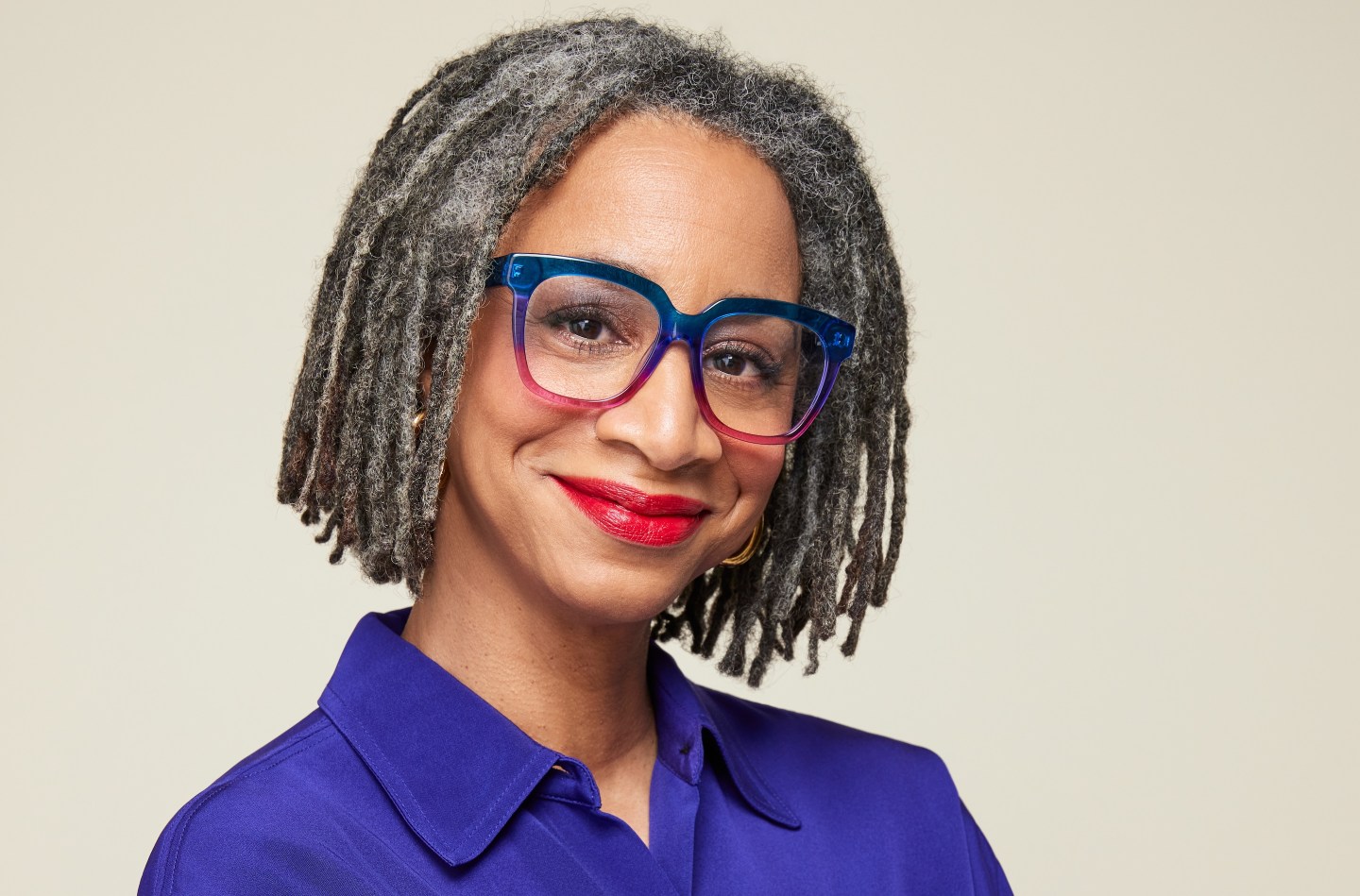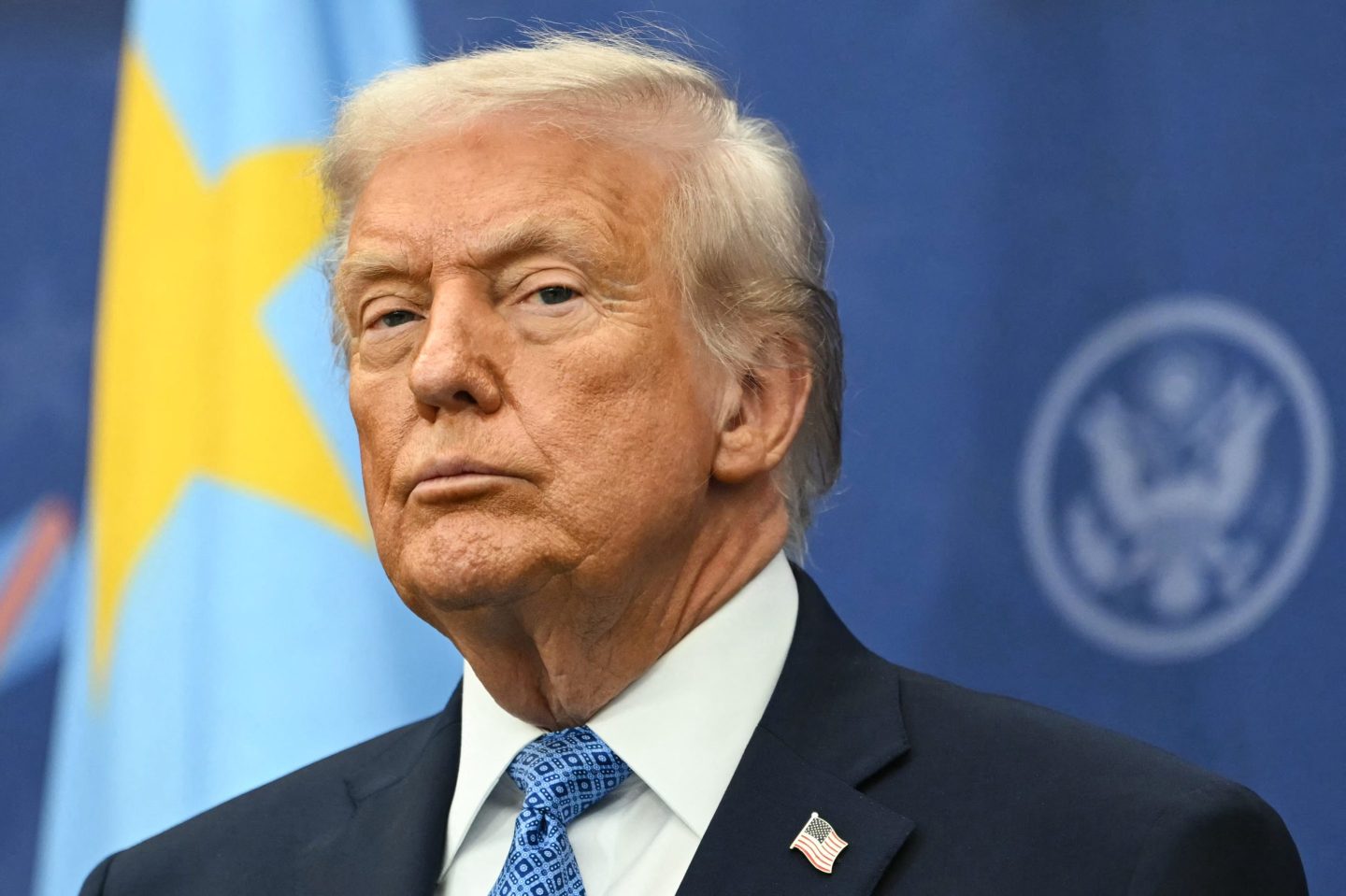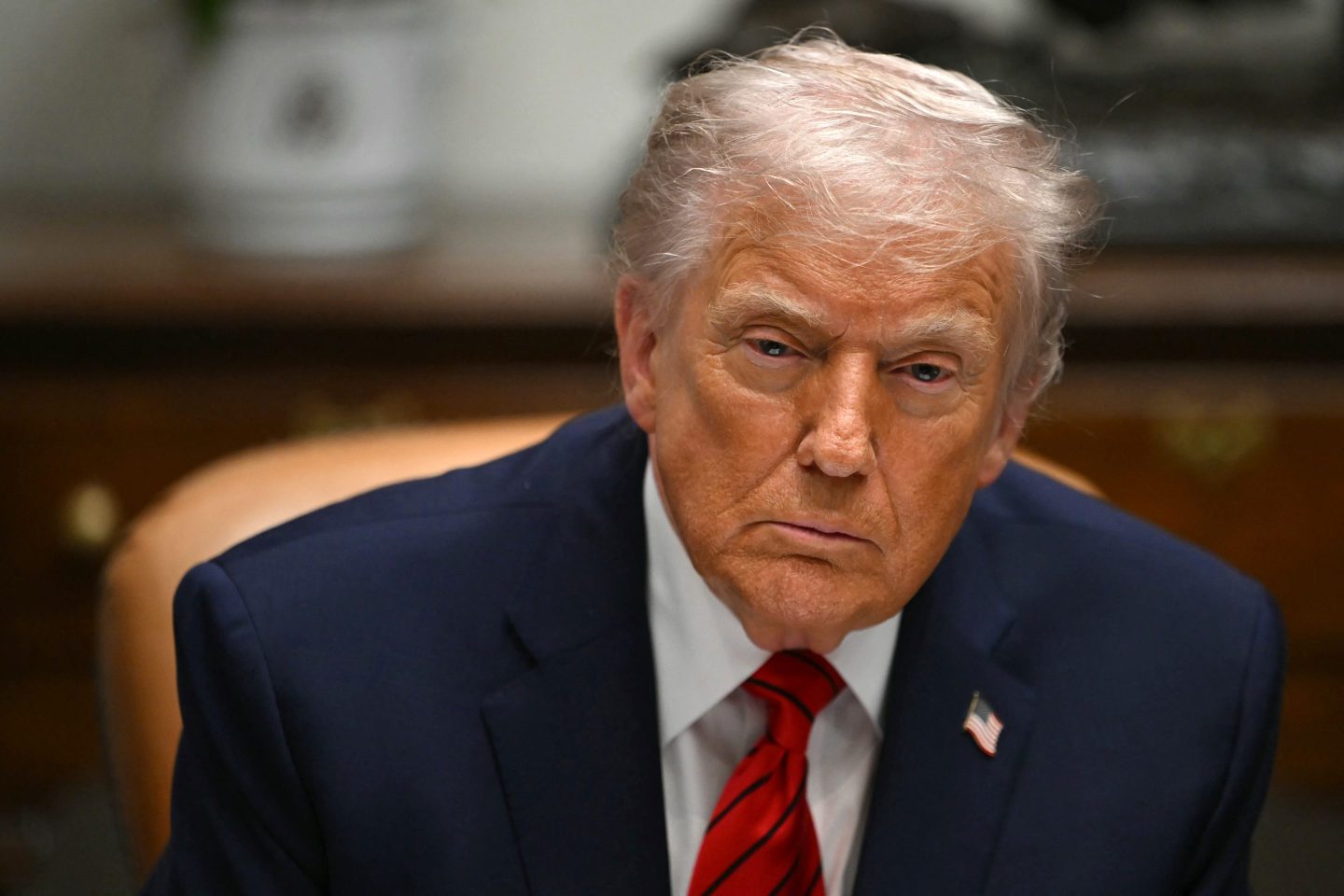This is the web version of Business By Design, a weekly newsletter exploring design’s transformative influence on industry and enterprise. Sign up to get it delivered free to your inbox.
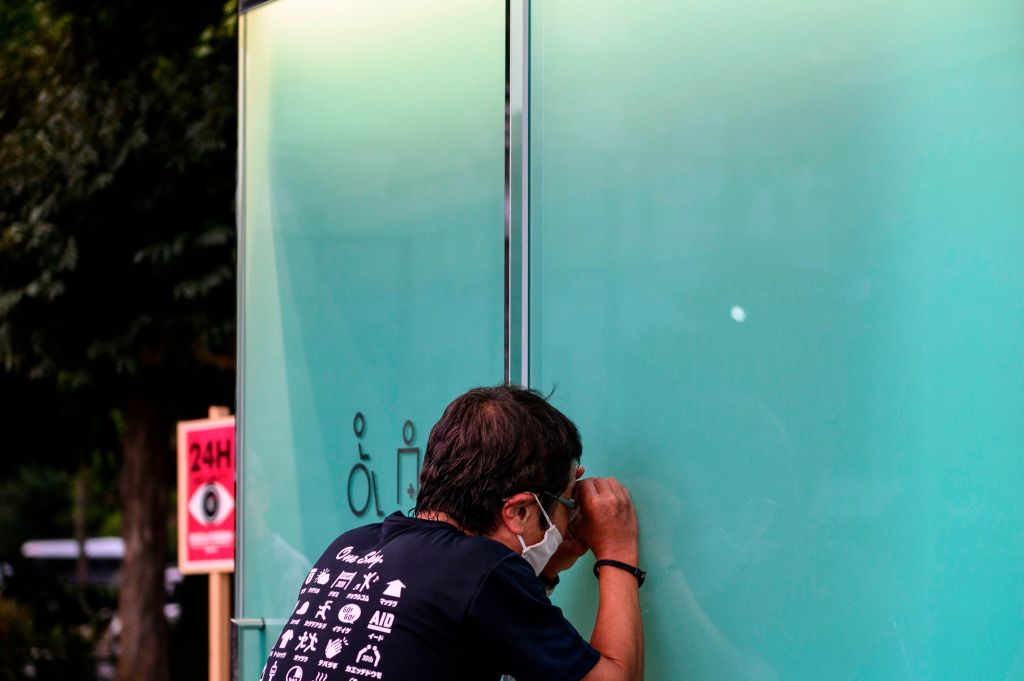
Shigeru Ban, the Pritzker Prize-winning Japanese architect, is renowned as a designer of visitor centers, museums, condominiums, and stylish private residences. He also is acclaimed for his work as a designer of emergency shelters for victims of earthquakes, floods, and war. This year, in conjunction with the now-postponed Tokyo Olympic Games, a Japanese foundation commissioned Ban to apply his prodigious talents to the creation of a lowlier structure: public toilets.
The result, unveiled August 5 in two locations near Shibuya ward’s Yoyogi Park, is attracting global attention. The reason? Ban’s restrooms are brightly lit boxes of colored glass—and completely transparent. Or at least they seem to be at first. The structures are fashioned from “smart glass” that renders them opaque after a user enters and locks the door.
Ban calls these structures “tomei toilets.” (Tomei is the Japanese word for “see-through.”) He says the design presented itself to him as the obvious solution to two questions everyone worries about when using a public toilet: Is it clean? And is it already occupied?
At night, the facilities radiate light “like a beautiful lantern.”
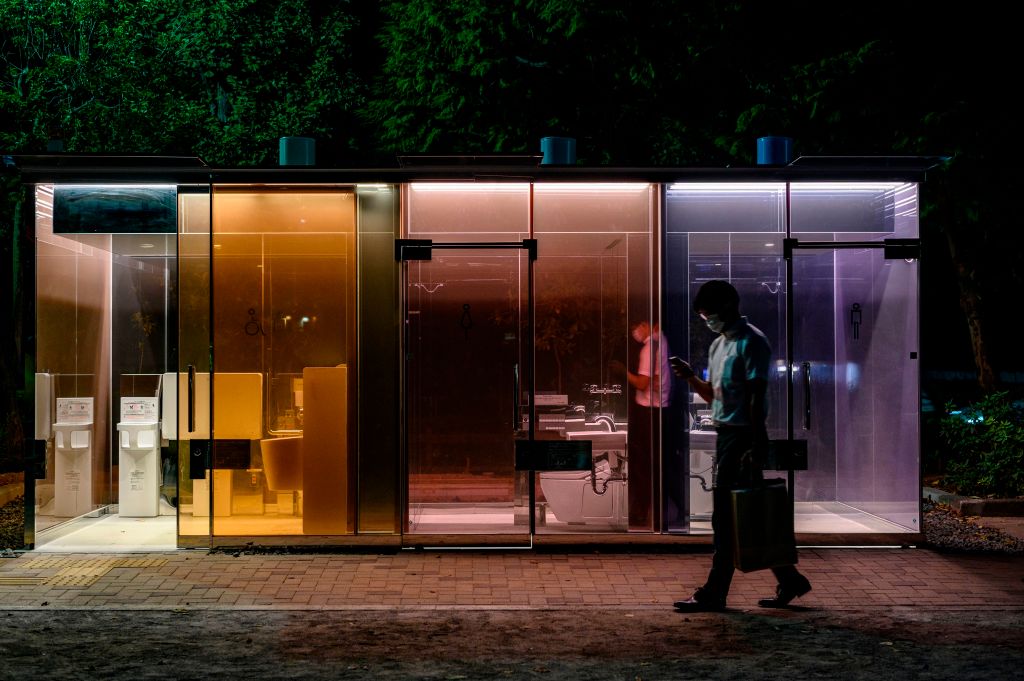
Ban’s glowing boxes are part of the “Tokyo Toilet Project,” a series of 17 public toilets in Shibuya commissioned for redesign by the Nippon Foundation, the philanthropic organization founded by motorboat racing kingpin Ryoichi Sasakawa. Other creators enlisted in the effort include some of the biggest names in the world of Japanese architecture and design: Tadao Ando, Sou Fujimoto, Toyo Ito, Masamichi Katayama, Kengo Kuma, Fumihiko Maki, Nao Tamura, and Kashiwa Sato.
Modern Japan is famed for its attention to cleanliness and personal hygiene. And as the Guardian‘s Justin McCurry’s notes, Japan’s high-tech toilets have long fascinated—and perplexed—foreign visitors. Before the pandemic struck, luxury washlets made by Japan’s largest toilet maker, Toto Ltd., were a prized purchase for Chinese tourists visiting Japan.
But the Nippon Foundation, which also will pay to maintain the new facilities, says it wants to dispel misconceptions that public toilets are “dark, dirty, smelly, and scary.” The Foundation describes its goal as using advanced design to create structures that will be “accessible for everyone regardless of gender, age, or disability, to demonstrate the possibilities of an inclusive society.”
Certainly, visitors will be able to relieve themselves in style. The toilet designed by Tadao Ando for Jingu Dori Park is a circular structure with a tilted engawa roof that could pass for a cafe or a luxury boutique. Maki’s toilet in East Ebisu Park features an interior courtyard and graceful curved, white roof that looks almost as if it houses an art gallery.
Does it make sense to lavish this kind of creativity on a commode? Perhaps not. But public toilets have been a focus of human design efforts since the beginning of civilization, and in a sense, are one of the hallmarks of a civilized society. (Fun fact: The earliest known example of multiple flushing lavatories attached to a sophisticated sewage system were in the ancient cities of Harappa and Mohenjo-Daro in Indus Valley, dating from the mid-3rd millennium BC.) And there is something wonderfully democratic about applying design to such an everyday human necessity.
Seven of the structures have been built so far, with the remaining ten expected to open in coming months.
More design news below.
Clay Chandler
clay.chandler@fortune.com
NEWS BY DESIGN
Terence Conran, the founder of British interior design studio Habitat and the London Design Museum, has died at age 88. Opening his first Habitat store in 1964, offering stylish furnishings at affordable prices, Conran became an icon of the Swinging Sixties—the U.K.’s vibrant and hedonistic post-war revival. Sir Conran was knighted in 1983. A restauranteur himself, Conran said he only used the title “Sir” to make reservations.
Two Boeing executives that oversaw the development of the 737 MAX have defended Boeing’s aircraft design process as part of a congressional investigation into the fatal crashes of two 737 MAX planes. Earlier investigations have flagged a flawed system design in the 737 MAX’s autopilot software as a contributing factor in the crashes.
Microsoft says it has proven that running a data center under the sea is viable, closing a two-year long trial in which the company encased 864 servers in a giant tube and submerged it 117-feet beneath the North Sea. Among the benefits of underwater storage: lower cooling costs.
YouTube is rolling out a new feature called Shorts, which is a direct competitor to beleaguered TikTok. Shorts is set to debut in India—TikTok’s largest market, before it was banned in June—and joins Instagram’s Reels in the league of TikTok imitators.
Pringles is trialing a new packaging design in the U.K., years after the current incarnation—a combination of metal, plastic, foil and paper—was dubbed the “number one recycling villain.” The new design is made of recycled paper but, unfortunately, is still in the shape of a tube too small to fit your hand inside.
EVENTS BY DESIGN
September
D&AD held its Pencils award ceremony last week, digitally. The industry body awarded 618 accolades, including four Black Pencils—D&AD highest honor. At the ceremony Yuya Furukawa, the chief creative officer at Japan’s Dentsu advertising agency, became the first Asian person to win D&AD’s President award in 58 years of the Pencils.
London Design Festival is running until September 20, with a stripped-down offline program that will target Londoners much more than international visitors. Other events will be online.
Design Matters in Copenhagen is going ahead September 23-24, although it is now selling tickets to view a livestream of the event.
October
Dubai had, perhaps, the misfortune of hosting the World Expo this year. Originally scheduled to open in October and run until April next year, the Dubai Expo 2020 has been delayed until October next year instead. World Expos come but once every five years, so perhaps waiting one more year is okay.
Italy’s materia independent design festivalwill return to showcasing young Italian designers October 2, taking the exhibition online via Instagram and Facebook.
November
Dubai’s inaugural architecture festival, d3 Architecture Festival, will run November 11-13 on the sidelines of Dubai Design Week. The event will focus on sustainability—an existential issue for the desert city.
QUOTED BY DESIGN
“We cannot continue designing cities and buildings as if nothing had happened.”
Says Vicente Guallart, whose Barcelona-based architecture firm won a design competition for a section of Xiong’an New City—an administrative district being built 80 miles outside of Beijing to house some fo the capital's government offices. Guallart’s design—created while Spain was under lockdown—is sensitive to the possibility of future pandemics and social distancing. Its houses feature roof-top gardens, drone pads for delivery, shared 3-D printers and space to work from home.
"Our proposal stems from the need to provide solutions to the various crises that are taking place, in order to create a new urban life based in the circular bio-economy," Guallart says.
This week’s edition of BxD was curated by Eamon Barrett. Email him tips and ideas at eamon.barrett@fortune.com




